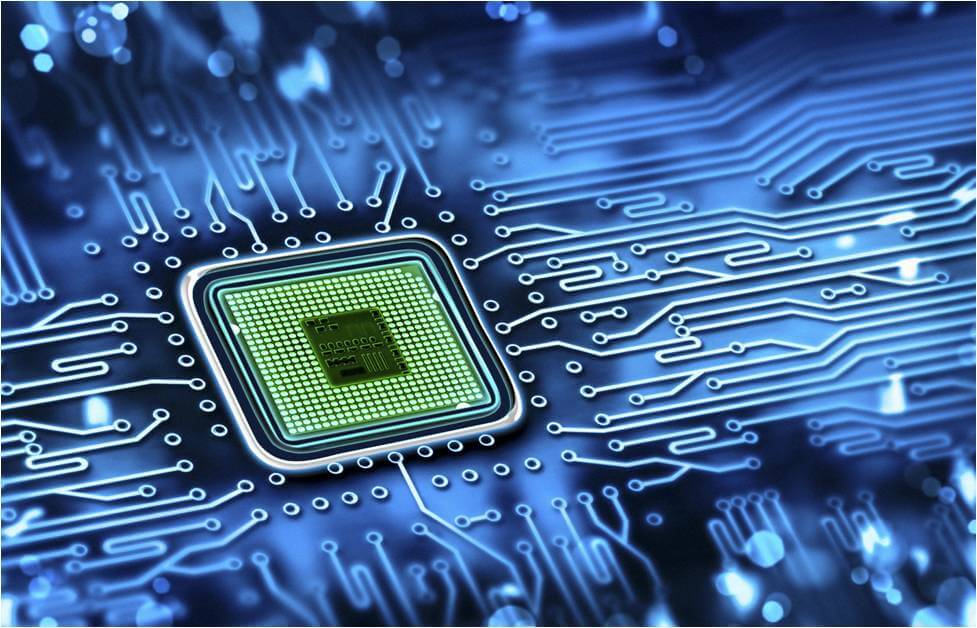The ubiquity of embedded systems and instrumentation in contemporary society prompts an intriguing inquiry: Are these technological paradigms fundamentally beneficial? The intersection of innovation and utility imbues this discussion with palpable significance. To systematically approach this query, it is essential to explore the underlying principles of embedded systems, dissect their applications, and juxtapose them with the discipline of instrumentation.
Embedded systems—integrated hardware and software designed for specific functions—are becoming increasingly prevalent in myriad applications. From automotive technology to consumer electronics, their influence transcends traditional boundaries, cementing their role as facilitators of modern convenience. The essence of an embedded system lies in its ability to perform tasks with precision and reliability, often in real-time. This precision is paramount in contexts that demand rigorous compliance with safety and operational standards.
To appreciate the full scope of embedded systems, one must consider their architecture, which typically comprises microcontrollers, sensors, actuators, and communication interfaces. This composition allows for a sophisticated interplay between computational processes and physical interactions, thereby enhancing the overall functionality of devices. For instance, consider the automotive industry. Embedded systems govern numerous functionalities—everything from engine management to advanced driver-assistance systems (ADAS). Their capacity to process complex data streams instantaneously is not merely a matter of convenience; it embodies a transformative shift toward smarter, safer vehicles.
The promises embedded systems hold extend beyond mere enhancement of existing technologies; they herald a new epoch characterized by innovation and efficiency. By integrating smart capabilities into everyday devices, embedded systems facilitate not only advancements in convenience but also substantial improvements in energy efficiency and resource management. The implications resonate through various sectors, including healthcare, where embedded systems empower medical devices to monitor patients in real-time, thus enabling timely interventions and tailored treatment regimens.
Instrumentation, conversely, pertains to the development and application of measuring devices and systems that facilitate accurate data acquisition. Within the realm of scientific inquiry and industrial processes, instrumentation serves as the backbone of measurement and control. Instrumentation empowers researchers and engineers to glean meaningful insights from raw data, ultimately transforming this information into knowledge through rigorous analysis. The interplay between embedded systems and instrumentation becomes evident, as many embedded applications utilize sophisticated instrumentation to collect and interpret data.
One of the pivotal advantages of instrumentation lies in its capacity to enhance experimental rigor. For instance, in the burgeoning field of renewable energy, instrumentation provides the tools necessary to monitor environmental parameters and energy outputs precisely. This capability not only fosters enhanced understanding but also guides the optimization of energy production systems. Integrating embedded systems within these instruments further augments their efficacy. By embedding computational intelligence directly into measuring devices, researchers can facilitate automated data processing, reducing the potential for human error and expediting decision-making processes.
Yet, this amalgamation of embedded systems and instrumentation prompts a critical evaluation of the broader ramifications. Concerns arise regarding the reliability of such systems, particularly in high-stakes environments. The increasing complexity of embedded architectures may introduce vulnerabilities, necessitating meticulous design and testing procedures. Moreover, the dependence on technology raises ethical considerations about data privacy and security, especially in applications involving sensitive information such as healthcare monitoring. The challenge, therefore, lies in balancing the benefits of advanced instrumentation and embedded systems with the potential risks they may entail.
Furthermore, the rapid evolution of embedded technology heralds myriad opportunities and challenges relevant to interdisciplinary collaboration. The integration of embedded systems with artificial intelligence and machine learning represents a fertile ground for exploration. By equipping instrumentation with predictive algorithms, researchers can navigate uncharted territories of data interpretation, unveiling trends and anomalies that may otherwise remain latent. This intersectional approach not only paves the way for groundbreaking research but also stimulates innovation across domains, ultimately enriching our understanding of complex systems.
As the dialogue around embedded systems and instrumentation evolves, so too must our perspectives. It is crucial to foster an environment where critical thinking prevails, encouraging stakeholders to navigate the intricacies of these technologies with curiosity and prudence. Educational institutions play a vital role in cultivating a generation of engineers and scientists equipped with the knowledge and ethical grounding necessary to steer technological advancements in responsible directions.
In conclusion, whether embedded systems or instrumentation is fundamentally “good” hinges on the multifaceted perspectives adopted in their evaluation. They are neither inherently beneficial nor detrimental; instead, they are tools that yield their respective consequences based on the frameworks within which they are utilized. The promise of technology lies not solely in the proliferation of embedded systems and advanced instrumentation but in the conscientious and innovative application of these capabilities. Fostering a culture of curiosity and critical inquiry will likely unveil an array of possibilities, illuminating a future where technology serves as a catalyst for progress and societal benefit.










